When a Katana is sheathed, the blade does not fit snugly against the entire interior of the scabbard. To prevent scratching, the scabbard is made slightly loose, allowing the blade to slide along the polished spine. However, this loose fit presents a risk—the blade could easily slip out accidentally. To solve this, the swordsmith fits a collar known as the habaki at the base of the blade, which holds the sword securely in place.
Location of Habaki on Katana
The habaki supports the blade at the mouth of the scabbard, preventing accidental slips and maintaining the sword’s balance when drawn or sheathed. Its design may trace back to the tun kou ("swallow mouth") collar of ancient Chinese swords.
Habaki Materials and Craftsmanship
Most habaki are made of copper because it is soft enough to mold precisely to the blade’s shape without scratching the steel. Higher-quality habaki are crafted from silver for both durability and aesthetic appeal. Despite their small size, habaki are often richly decorated. Craftsmen apply intricate chisel patterns not only for beauty but also to create a rough surface, increasing friction between the collar and the scabbard for a secure fit.
Note: Though small, the habaki plays a crucial role in the functionality and elegance of the samurai sword, blending practicality with the fine artistry characteristic of Japanese craftsmanship.
Read more
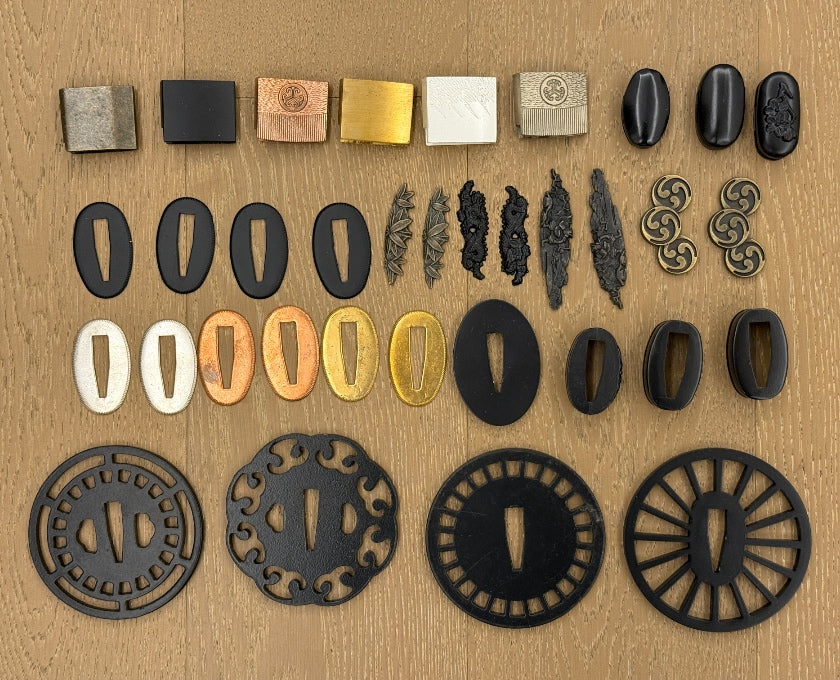
Katana glossary: categorized terms and definitions This glossary introduces key terms used in the world of Japanese swords, categorized for easier understanding. From blade geometry to tang constr...
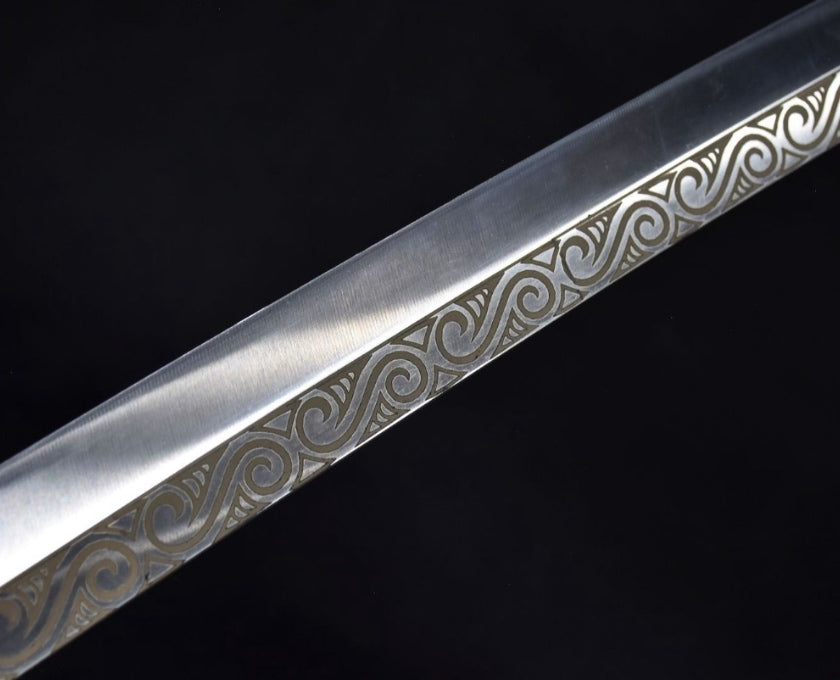
While the Japanese sword is a weapon, it also serves as a canvas for exquisite artistry. Engraving, or horimono, transforms the blade into a spiritual and aesthetic masterpiece, reflecting both th...
Shop katana
Our katana store offers a wide selection of japanese swords — from traditional katanas and anime-inspired designs to fully functional blades — featuring a variety of materials and craftsmanship to suit your preferences.




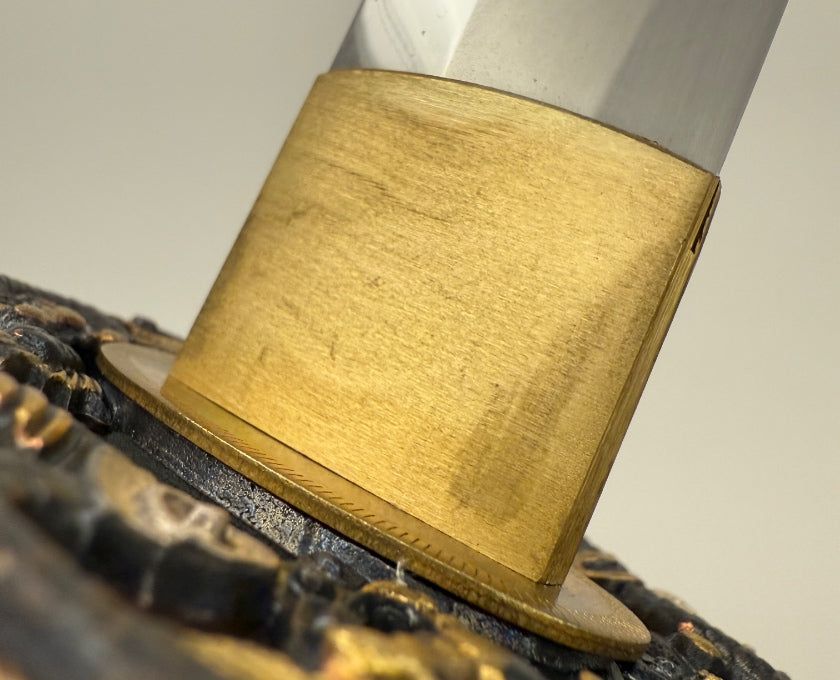
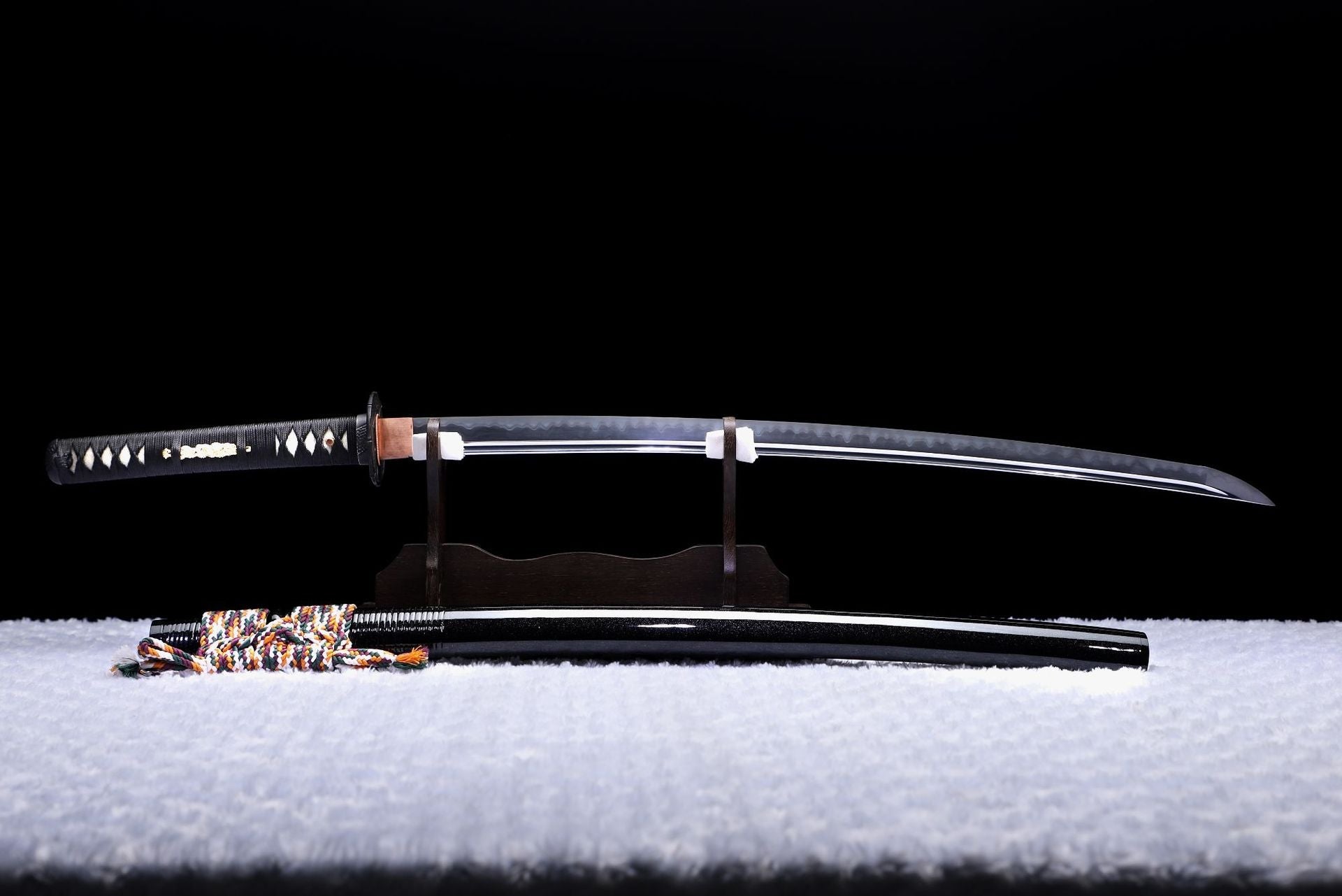
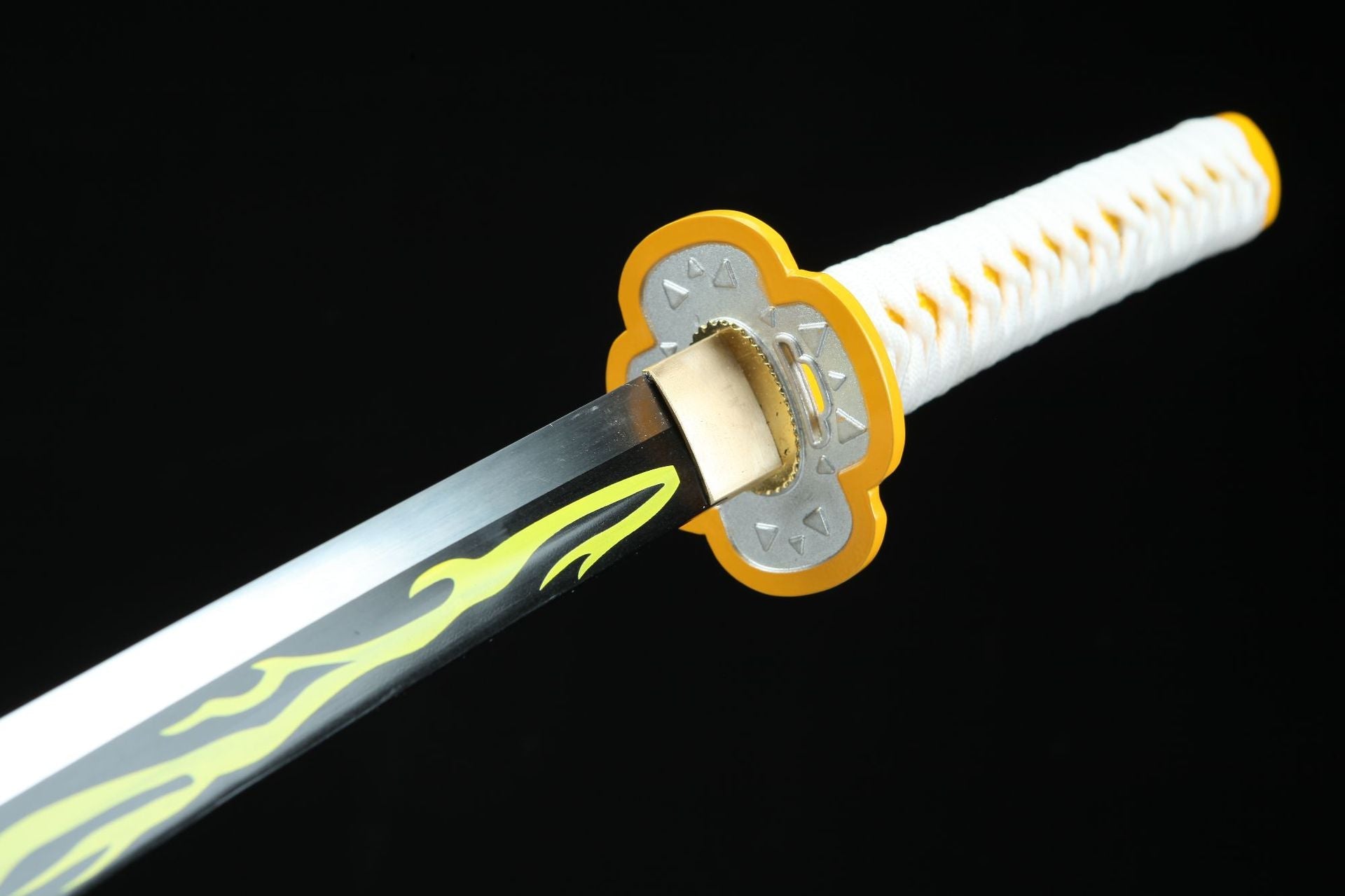
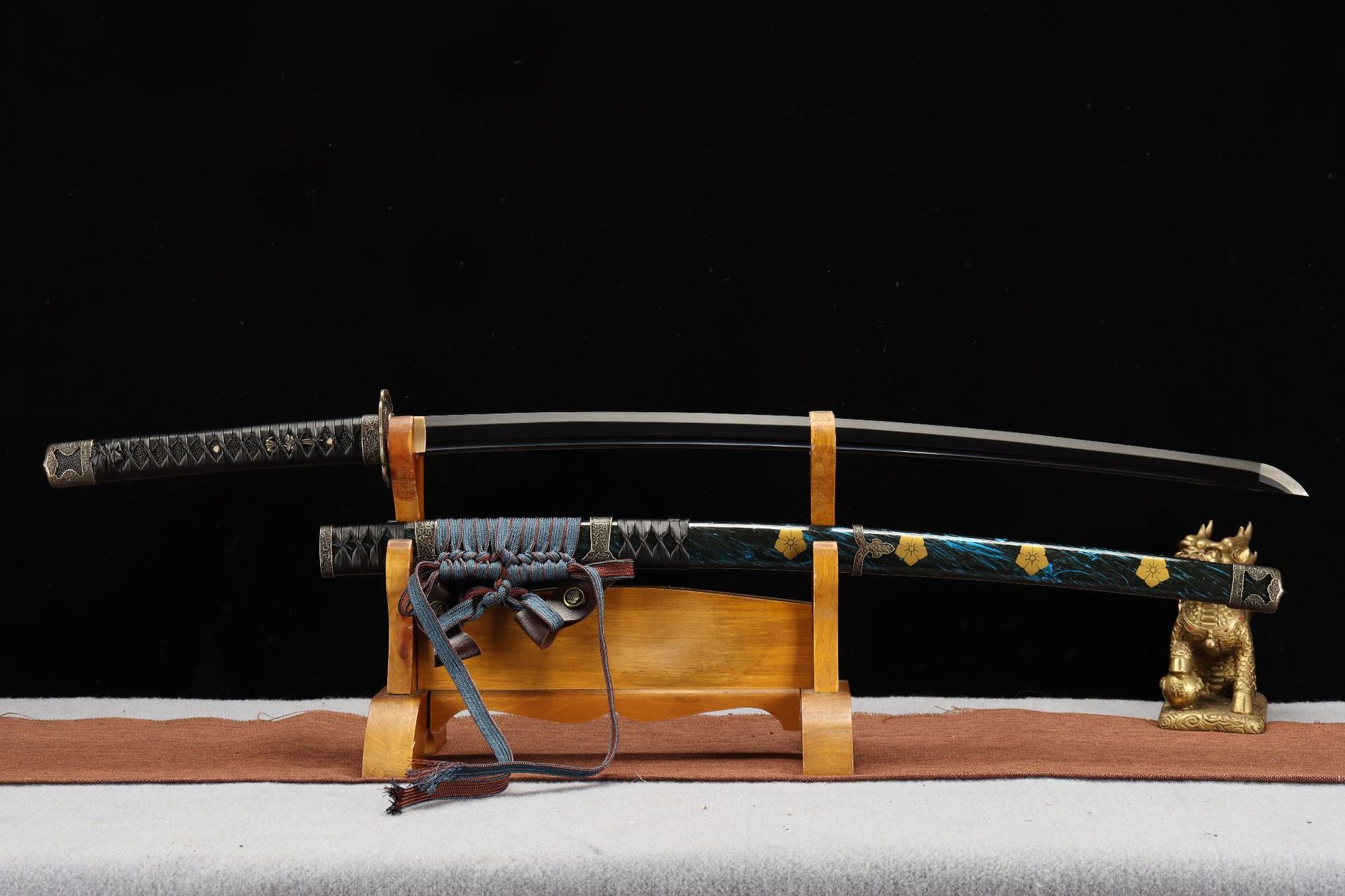
Leave a comment
All comments are moderated before being published.
This site is protected by hCaptcha and the hCaptcha Privacy Policy and Terms of Service apply.